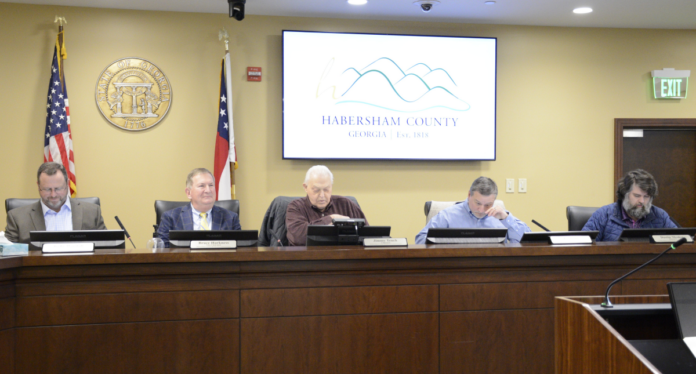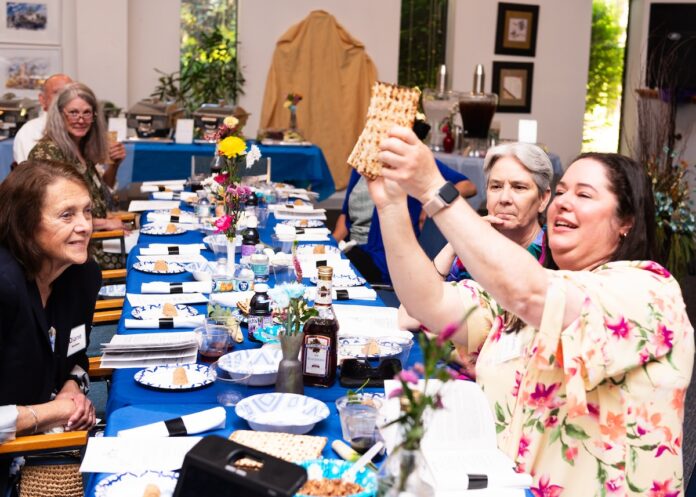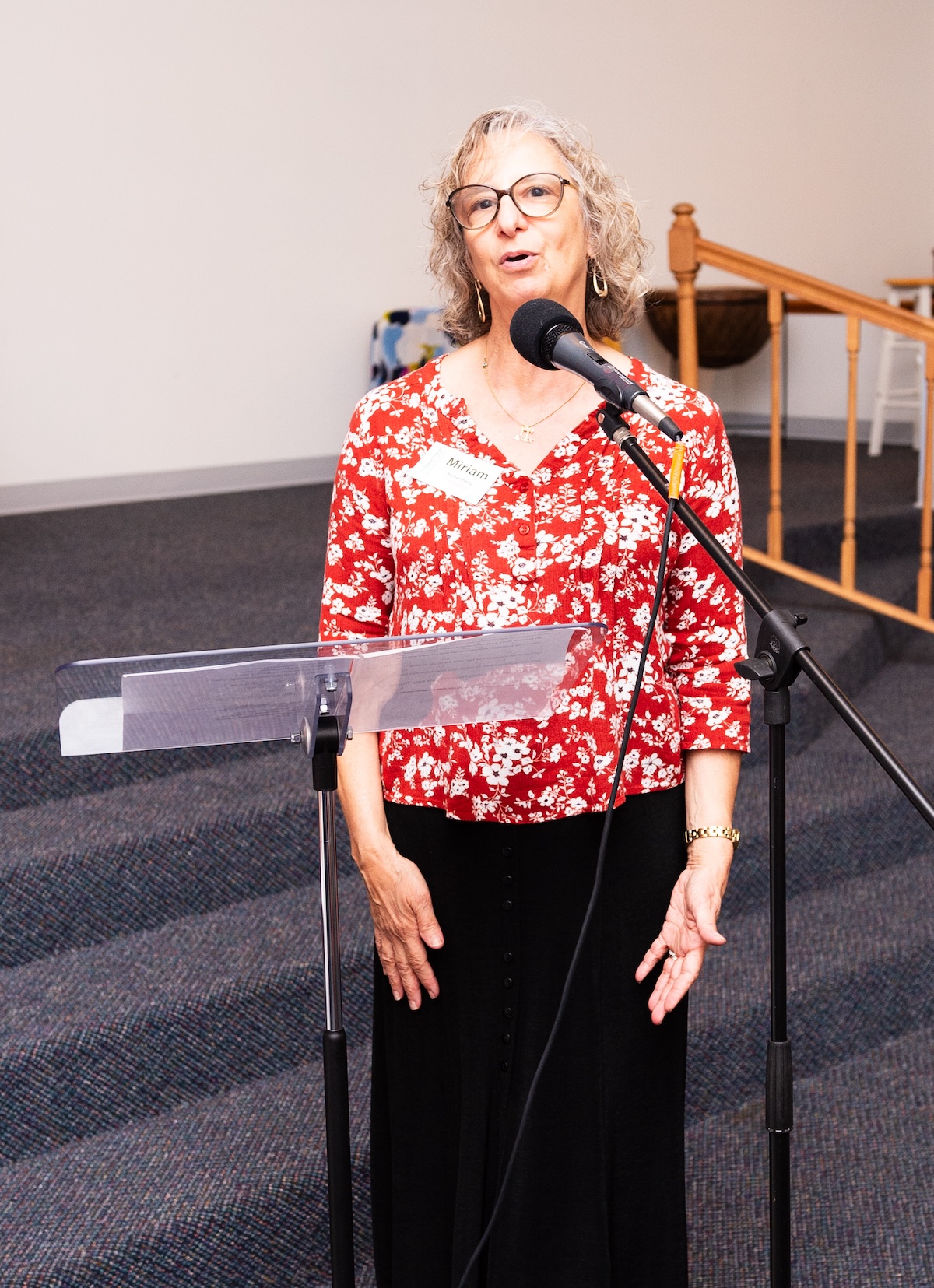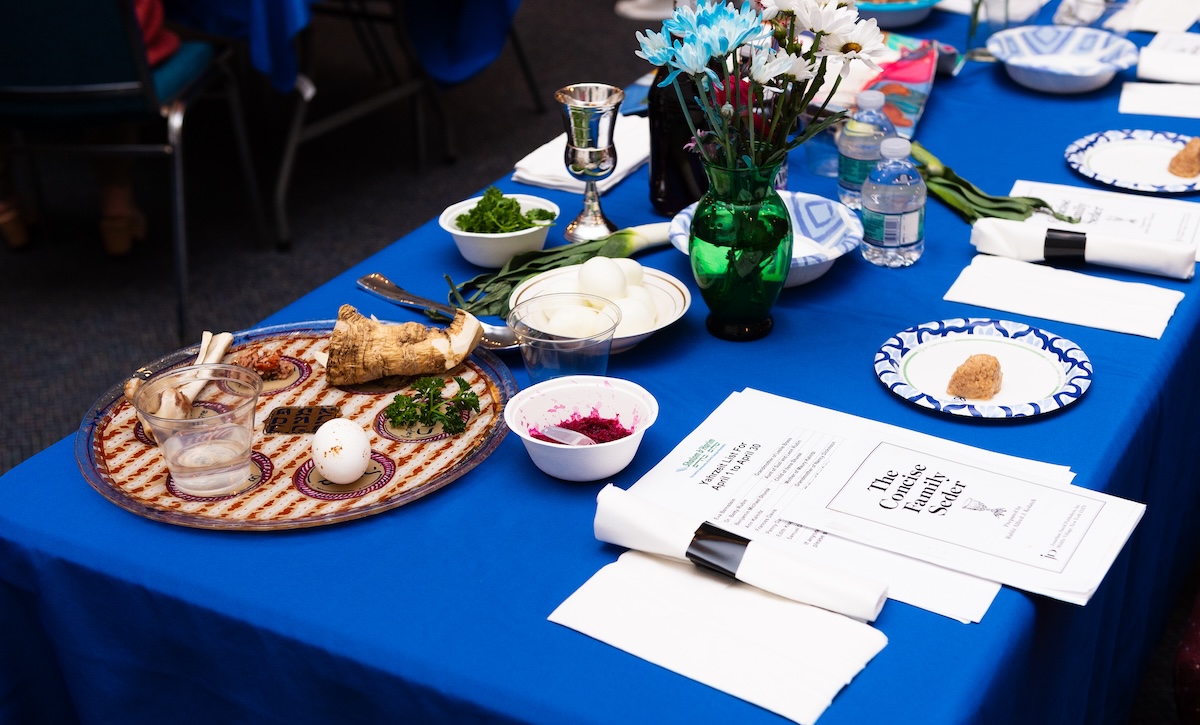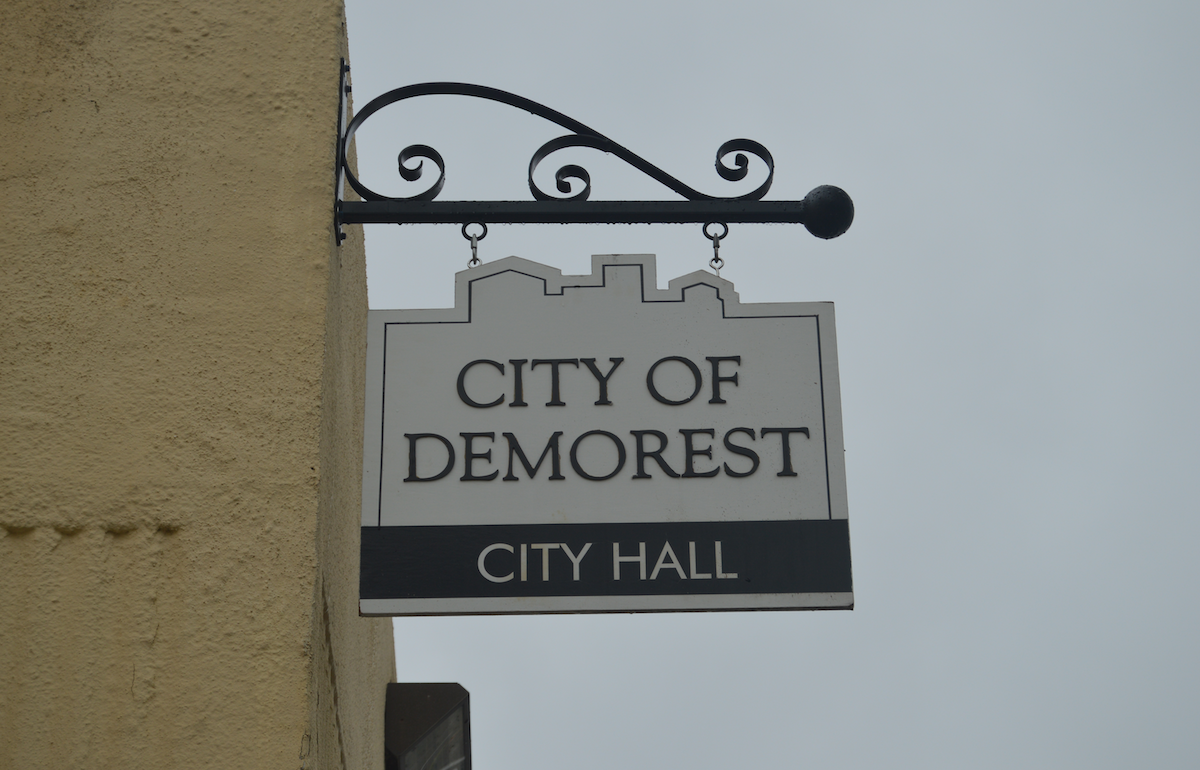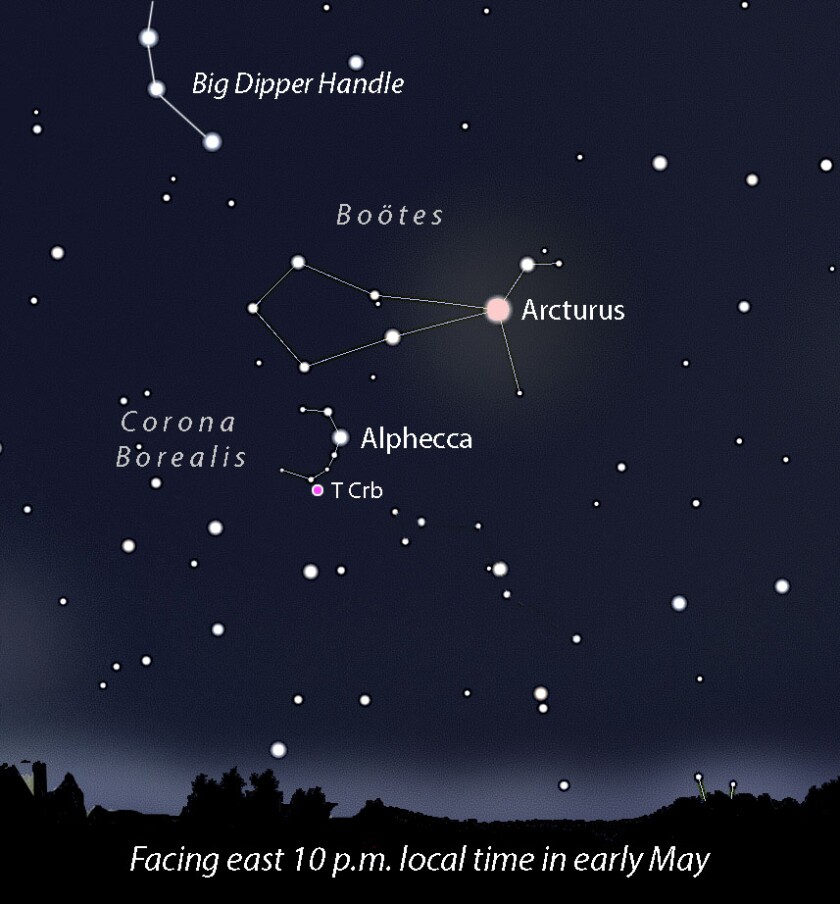Spring is blooming at North Georgia Technical College (NGTC), and with it comes the much-anticipated Annual Spring Plant Sale, which will run from April 21 through April 24 at the Clarkesville campus greenhouse.
Organized by the college’s Horticulture program, the plant sale is a seasonal favorite for local gardeners, landscapers, and plant lovers. The sale will be open to the public daily from 9 a.m. to 3 p.m., giving attendees ample opportunity to browse and purchase from a wide selection of plants grown and nurtured by NGTC horticulture students.

A Wide Selection of Plants
Scotty Peppers, Horticulture Instructor at NGTC, is looking forward to the plant sale and the experience it offers for students and shoppers. “We have such a beautiful selection of plants this year!” Peppers expressed. “Whether you are looking for fruit trees, shrubs, or vegetables, we have what you need.”
The experience for the students is priceless because they learn what it is like to manage retail sales, preparation of the plants, and educating customers on the right plants to buy for their needs.
“This year we have 1000 tomato plants available to sell,” Peppers added. They also have sweet peppers, hot peppers, and herbs (oregano, thyme, rosemary, and more). All the vegetables are $3.”
The beautiful Greenhouses on the property at NGTC are filled with plant species just waiting to fill customers’ yards or gardens.
Shoppers can expect a vibrant variety of annuals, perennials, herbs, vegetables, hanging baskets, and ornamental plants—all cultivated as part of the college’s hands-on training program. Highlights this year include colorful petunias, marigolds, tomatoes, peppers, native plants, succulents, and more.

The spring Horticulture plant sale is separate from the farmers market and is the Horticulture Department’s largest source of funding for the year. Proceeds from the sale directly support the Environmental Horticulture program, providing students with resources and continued learning opportunities in sustainable agriculture, landscape design, and greenhouse management. It also equips the program with potting soil, containers, plants, seeds, fertilizer, and everything that is used in class.
A Real-World Learning Experience
The plant sale is more than just a fundraiser—it’s a culmination of a semester’s worth of hard work by NGTC students. From seeding and propagation to greenhouse maintenance and marketing, students are involved in every aspect of the process, gaining real-world experience that prepares them for careers in the green industry.
For Peppers it is all about bringing people together with a common love for plants. The native azalea Aromi hybrids is from the University of Alabama and a very popular landscaping plant for those who live locally. Peppers said the native plants to our area are always the ones that go first.
In the past year, NGTC’s Horticulture program has doubled in size. “We are growing in the number of students and the opportunities we have to offer,” Peppers said. There are a variety of ages of students from 18 years old all the way up to the early 60s.
Peppers said they are also planning a Summer Farmers’ Market called The Habersham County Farmers Market. “We already have vendor slots sold for people in the community to come and sell their produce. The Horticulture and Ag programs have put together the Farmers Market to give students even more exposure to the realities of what business is like.”
The First NGTC farmers market of the season will be June 17, 12 p.m. to 5 p.m. on campus and run through September 23. Vendor fees from the market go to support the newly formed AgLife club, and that club serves to connect the students interested in Agriculture and Horticulture with more opportunities like competitions and workshops. The Horticulture Department will have a booth at the market as a vendor to raise money for the program selling plants.
Event Details
When: April 21–24, 2025
Time: 9 a.m. – 3 p.m. daily
Where: NGTC Clarkesville Campus Greenhouse
Address: 1500 Hwy 197 N, Clarkesville, GA 30523
Admission: Free and open to the public

For more information, visit www.northgatech.edu or contact the Environmental Horticulture department at 706-754-7700. You can also reach Scotty Peppers at 706-754-7886 or
[email protected]



